
That is the Japanese Cultural Exhibition House, located at 6 Nguyen Thi Minh Khai. According to information from the Hoi An Center for Cultural Heritage Management and Preservation (QLBTDSVH), the Nguyen Thi Minh Khai area used to be a neighborhood of Japanese merchants (Nhat Ban Dinh) with bustling trading activities in the late 16th and early 17th centuries. This was also the place where cultural exchanges began between Hoi An, Vietnam and the Land of the Rising Sun.
“The house is hundreds of years old, built in a tubular form, a popular style of house construction in the Hoi An trading port at that time with 3 roofs. The house frame has a unique structure with a high wooden attic and wide surrounding corridors, demonstrating the development of architecture and the exchange between Asian architectural styles in Hoi An in previous centuries.
The main truss system used is the column-shaped truss, with a rather simple architectural style compared to many other houses in the old town, but that does not reduce the beauty of the building. The relic of house No. 6 Nguyen Thi Minh Khai provides a lot of valuable information about the lifestyle of the merchant class at the ancient trading port of Hoi An" - information from the Hoi An Center for Cultural Heritage Management.

The Japanese Cultural Exhibition House in Hoi An provides a lot of information, images, and artifacts related to the Goshuin Ship trade system as well as the connection between Hoi An and Dang Trong with Japanese localities from ancient times to the present.
In particular, in this space there is a room to display and introduce Sakai city, Osaka province. This was originally an important seaport of Japan in the Middle Ages, had many trade relations with Hoi An trading port in the past and was also one of the earliest foreign localities to establish sister cities with Hoi An since the 2000s.
According to the Hoi An Center for Cultural Heritage Management, Sakai is the hometown of Mr. GoSokukun - the first mayor of the Japanese quarter in Hoi An. His grave is currently located in Tan An ward, Hoi An.
During this Hoi An - Japan cultural exchange event, the Japanese Cultural Exhibition House is the place where many exhibitions and cultural and artistic activities take place. Here is the exhibition "Japanese Dolls" with 29 traditional dolls made from many materials, including paper, cloth and wood.
According to the Organizing Committee, this collection not only highlights the outstanding aspects of Japanese culture but also shows the beauty of the soul and spirit of the people of the Land of the Rising Sun.
Visitors to the Japanese Cultural Exhibition House will be immersed in the performance space and enjoy Japanese tea ceremony as well as participate in Origami paper folding activities.
And not only on festivals, on normal days, this is also a destination for those who love Japanese culture with activities such as teaching Japanese songs or showing movies about Japan...
Source: https://baoquangnam.vn/kham-pha-nhat-ban-giua-long-pho-hoi-3138998.html


![[Photo] Unique art of painting Tuong masks](https://vphoto.vietnam.vn/thumb/1200x675/vietnam/resource/IMAGE/2025/11/14/1763094089301_ndo_br_1-jpg.webp)
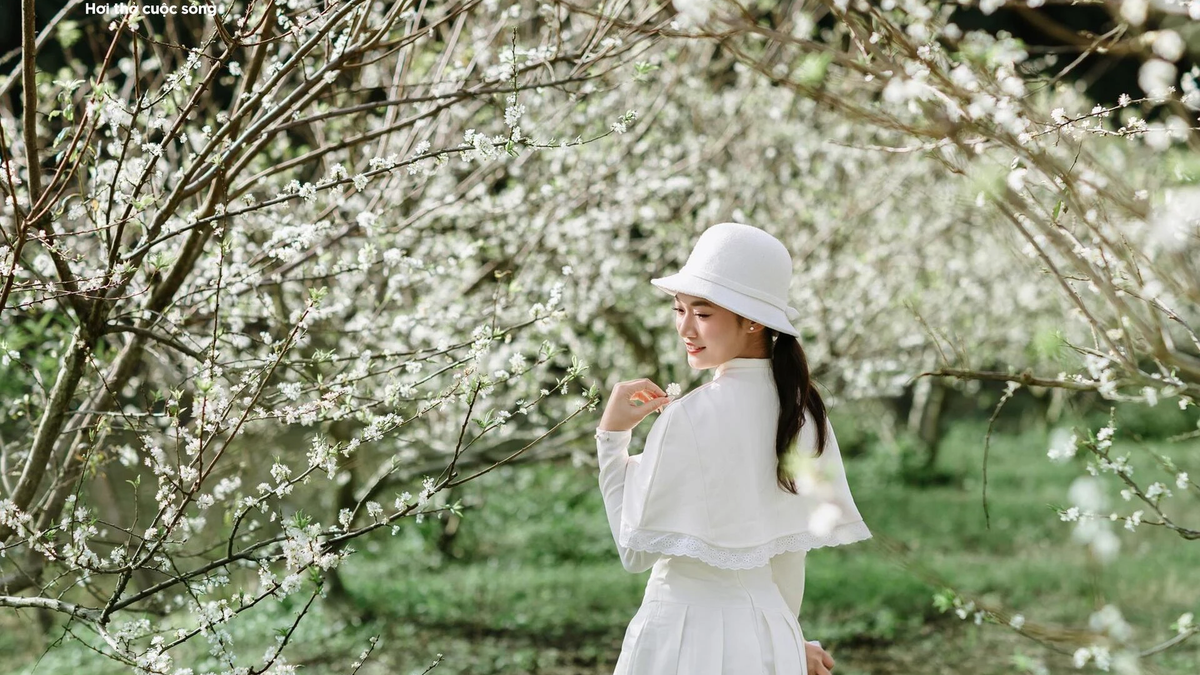
![[Photo] Deep sea sand deposits, ancient wooden ship An Bang faces the risk of being buried again](https://vphoto.vietnam.vn/thumb/1200x675/vietnam/resource/IMAGE/2025/11/13/1763033175715_ndo_br_thuyen-1-jpg.webp)
![[Photo] Special class in Tra Linh](https://vphoto.vietnam.vn/thumb/1200x675/vietnam/resource/IMAGE/2025/11/14/1763078485441_ndo_br_lop-hoc-7-jpg.webp)


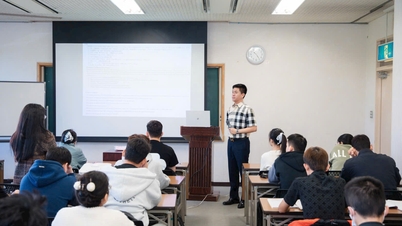



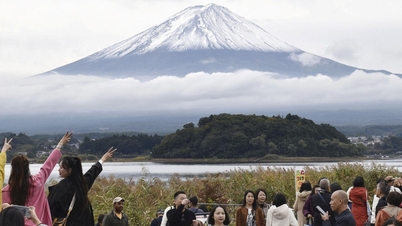

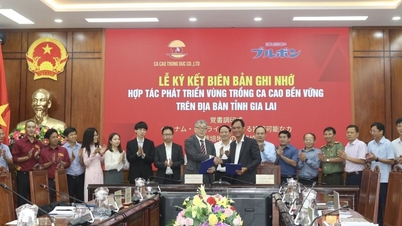

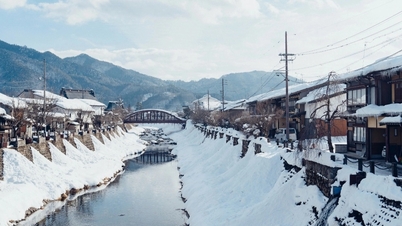

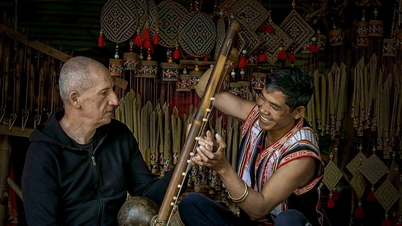





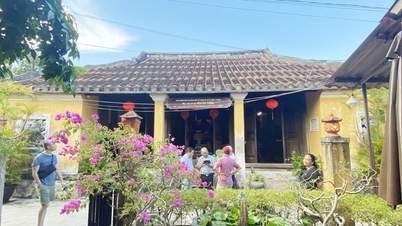


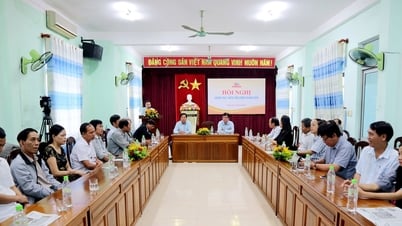
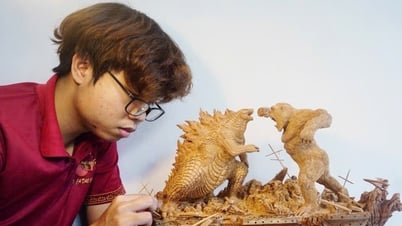

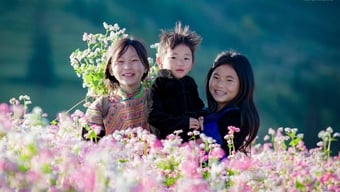



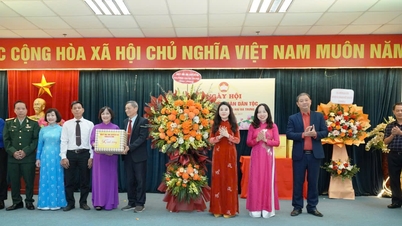
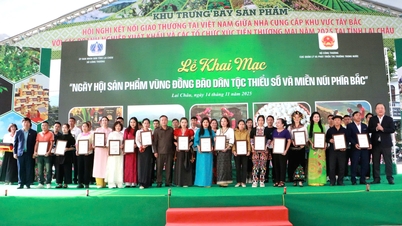
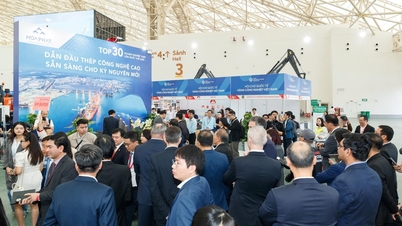











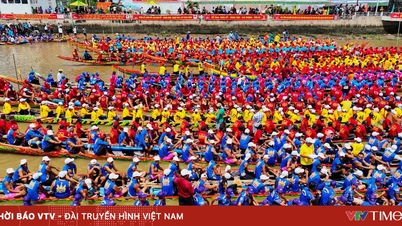

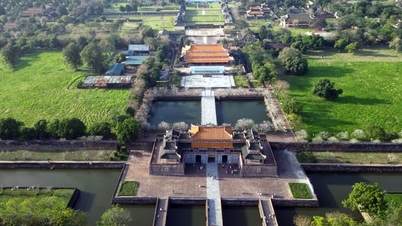


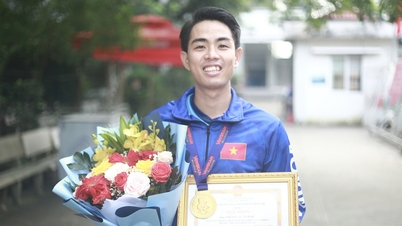






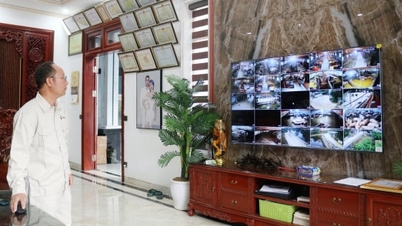


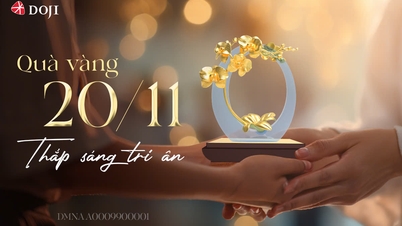






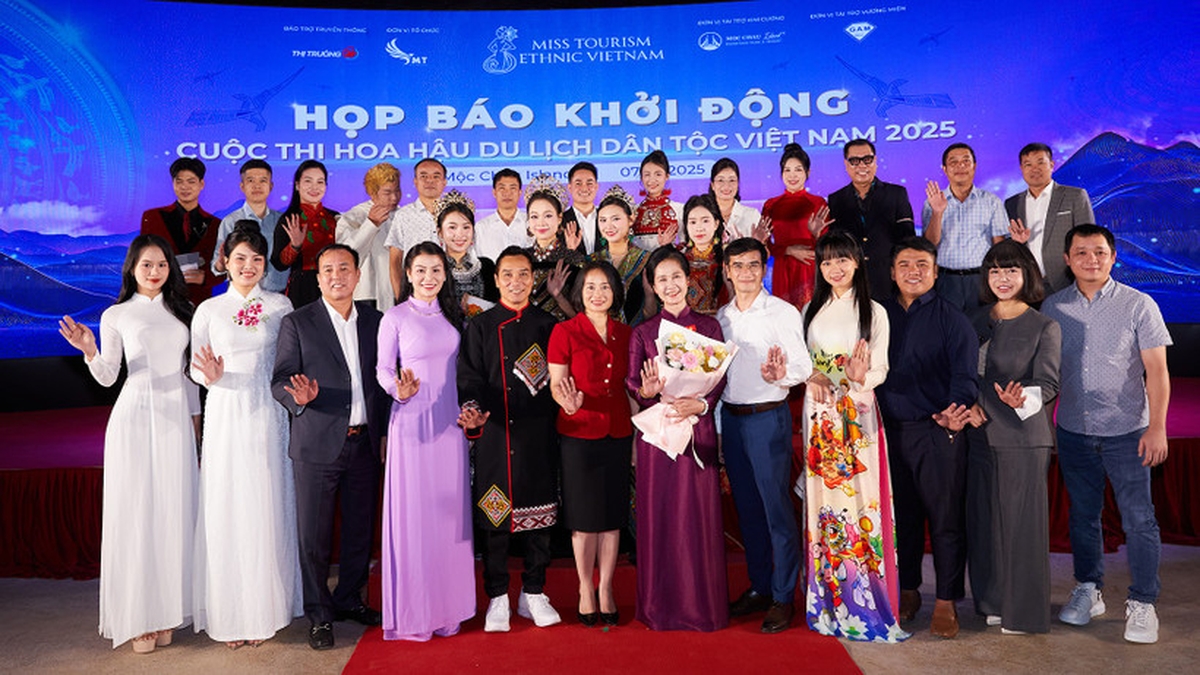




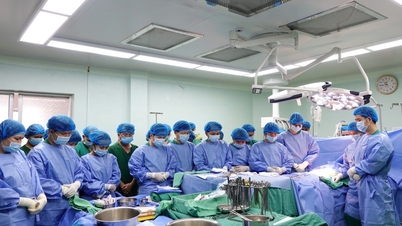


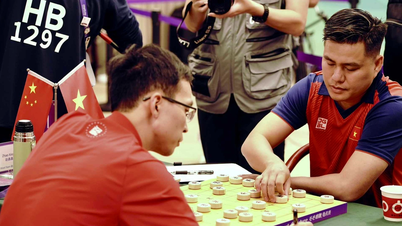





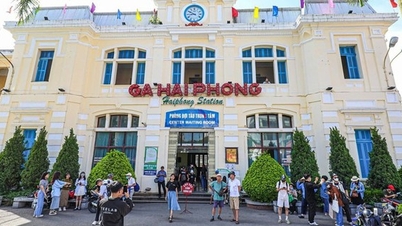


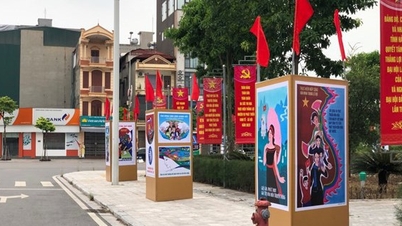
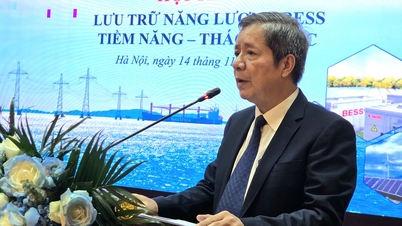
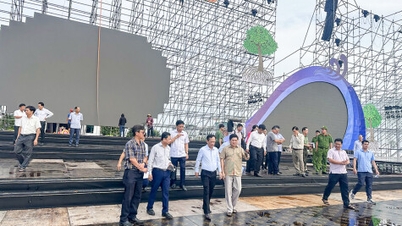

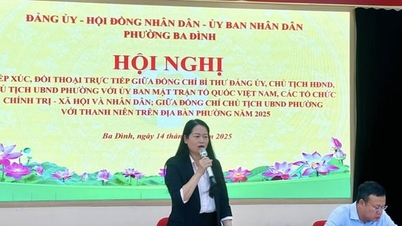

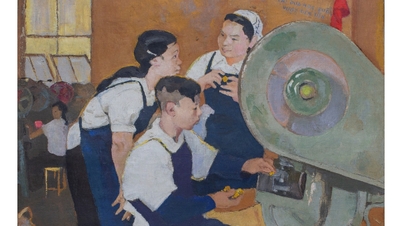



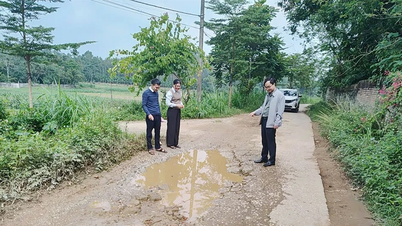

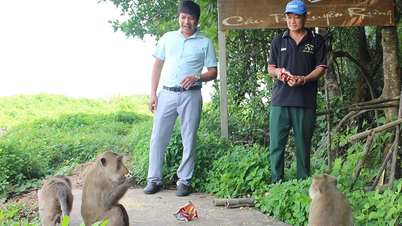





![Dong Nai OCOP transition: [Article 3] Linking tourism with OCOP product consumption](https://vphoto.vietnam.vn/thumb/402x226/vietnam/resource/IMAGE/2025/11/10/1762739199309_1324-2740-7_n-162543_981.jpeg)


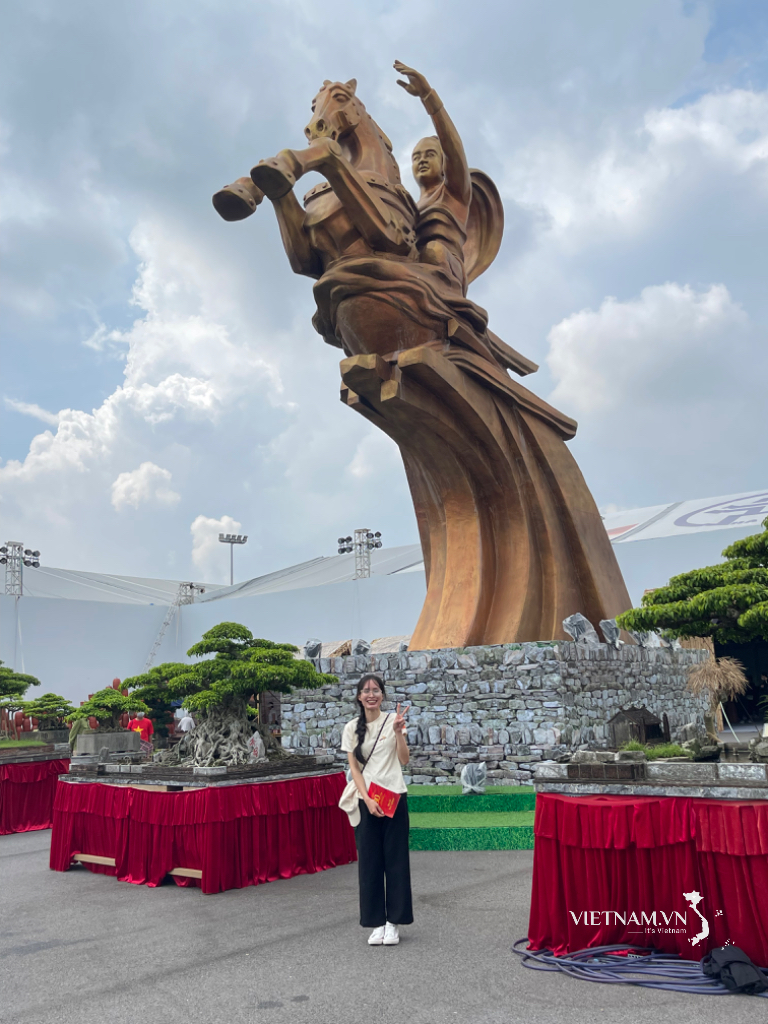



Comment (0)